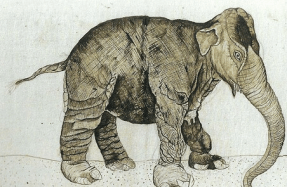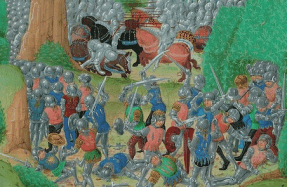EPISCOPALIANS AND JACOBITES

INTRODUCTION
Upon hearing the news that William of Orange had landed in England with an army, Presbyterians set about ‘rabbling’ Episcopalians in the south-west of Scotland while simultaneously asking William to restore Presbyterian Church government in Scotland. Conversely, the head of the Church of Scotland, Alexander Rose, bishop of Edinburgh and primus, travelled to London to reassure King James VII of both his and the Church’s loyalty and to seek material support against the actions of the Presbyterians. Upon his arrival, Rose found the wrong king on the throne. Nevertheless, William offered Rose support for the Episcopalian establishment in Scotland, along with protection from the violence of their adversaries, in return for the allegiance of the Episcopal clergy. Rose replied that he would have to consult with the Scottish episcopate before the Scottish Church could transfer its allegiance to William.
Unimpressed, William (who undoubtedly would have preferred continuity in Scotland and a common religion between England and Scotland), dismissed Rose and took heed of advisors who advocated a Presbyterian Church settlement. When Rose returned to Scotland, the Episcopalian bishops stated that loyalty could not be transferred from King James during his lifetime.
In the convention of estates, the majority supported a Presbyterian settlement, especially after a number of Jacobites, led by John Graham of Claverhouse, viscount Dundee (aka ‘Bluidy Clavers’), withdrew to take the Jacobite defence of the crown to the battlefield. Despite some moves for a united Church under limited episcopacy, the convention dismantled the hierarchy of the Church of Scotland and placed church government in the hands of the Presbyterians. The convention then granted legal status to the Presbyterian ministers who had gained their churches through ‘rabblings’. These coercive deprivations enacted the violent removal of ministers not only from their churches, but also from their associated livings (manses and glebes) along with their families, placing many into immediate hardship. The convention also required all ministers of the Church to accept Presbyterian governance of the Church and give allegiance to William and Mary through combined oaths which made it impossible for Episcopalians to accept the change in monarchy without simultaneously acquiescing to the
You’re reading a preview, subscribe to read more.
Start your free 30 days





